
Disclaimer: I was offered a slight discount for this review by NiceHCK Audio Store on AliExpress. Thank you very much.
Price: 220 usd (launched at 310 usd)
Specifications:
Combination of drivers: 6-way hybrid
Dynamic: 10mm DLC diaphragm dynamic woofer
Piezo-electric: 7-layer parallel piezoelectric ceramic extra-high frequency driver
Balanced armature: midrange BA x 2, treble BA x 2
Frequency response range: 10Hz-40kHz (at max, depending of nozzle group)
Nominal Impedance: 45Ω LOUD OFF, 20Ω LOUD ON
Sensitivity: 110dB LOUD OFF, 115dB LOUD ON
Cable: 1.3m, 3.5mm single-ended stereo plug, L-shaped
Connector: MMCX or 2Pin 0.78mm (depending of customer choice)
Designed according to CTIA IECQ standard
Features: Gain (LOUD) switch, 9 pairs of sound tuning nozzles
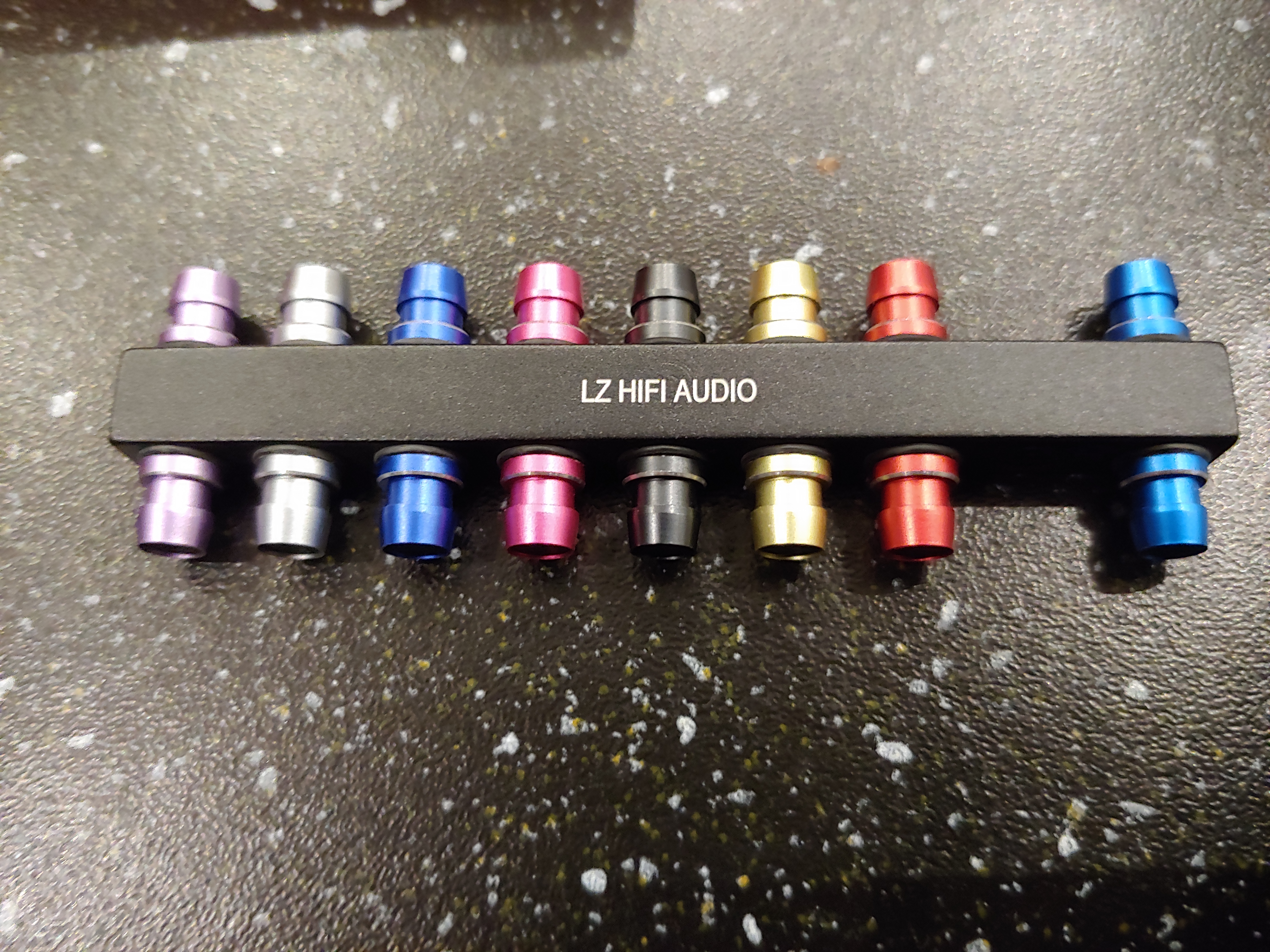
Output nozzles (filters):
Group A: frequency response 10Hz-40kHz
- Blue: 3-7kHz +3dB
- Black: 3-7kHz ±0dB
- Red: 3-7kHz -3dB
- Gold: 3-7kHz +3dB
- Dark gray: 3-7kHz ±0dB
- Pink: 3-7kHz -3dB
- Dark Blue: 3-7kHz +3dB
- Sliver: 3-7kHz ±0dB
- Purple: 3-7kHz -3dB
Accessories:
Storage Case
9 Tuning Filters
6 pairs of silicone tips, both wide and narrow bore (honestly, they are crap)
1 pair of foam tips
Cable 2pin/mmcx (Also very bad)
Cable: The cable is bad, except it has no visible plastic on the ear hooks, L-shaped plug (might be a con or not) and it is thicker than average. I would advise on getting a third-party cable though, because the A6 really deserves a better cable.
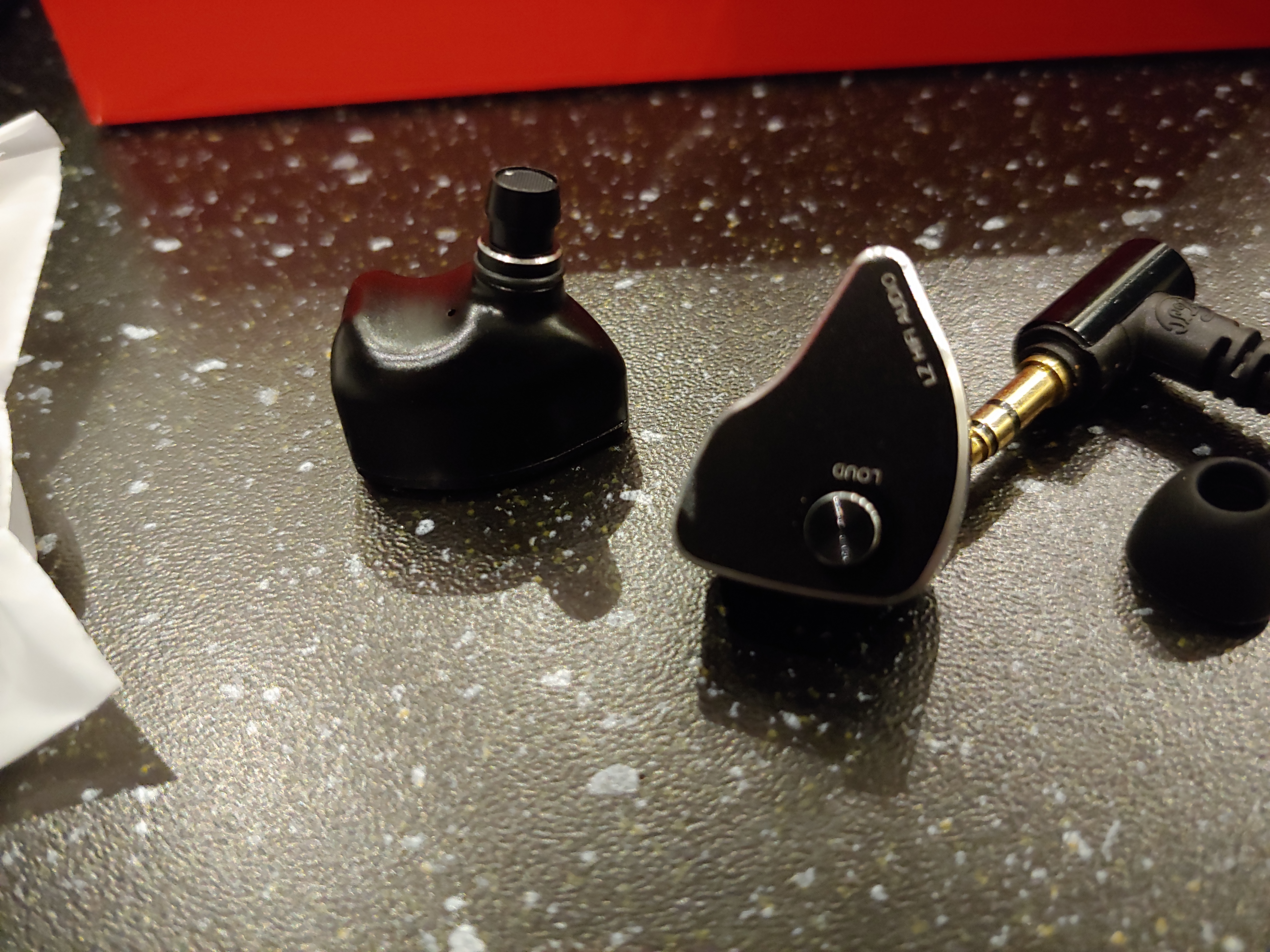
Build: Not sure what materials the build is made of but it feels very solid. They are on the heavier side due to it having 6 drivers per ear, but nothing too much and to me it feels like the weight is making it fit better. The A6 and the A6 mini has the same exact build, with the A6 being a bit heavier due to the extra 4 BA drivers per side and the extra “loudness” button. There is a lip for the tips on all the filters.
Fit: The A6 has the exact same build and shape as the mini, this would make most people think that the fit should be the same. But no, actually the extra weight on the A6 makes it stay inside my ears easier. Fit is therefore good but you have to adjust it from time to time, so it loses out to other iems that have the “KZ” shape or “custom” like iems. It fits inside your ears deeper than average.
Comfort: To me they are very comfortable and there are no sharp/rough edges.
Isolation: Average isolation level, nothing special and in noisy environments it is definitely not enough.
Setup: Fiio M11, Cable 175 (4,4mm), Spinfits CP145 Large, “loudness” button on, Pink Filter
Lows: Excellent bass with a focus on quality rather than quantity. A fun Boosted Sub-bass but is very tight and fast, goes deep but doesn’t rumble that much (a pro in my preference) and wont color the sound too much. Mid-bass is close to neutral which along with the speed and tightness helps make the sound clear and not sound bassy. (The A6 take the shuoer Tape as my benchmark for bass)
Mid-bass: As mentioned above, the mid-bass is close to neutral and while this makes the A6 very versatile in what It can play, I would still have liked a bit more mid-bass along with the excellent speed/tightness to make it sound more fun, but this is very good for analytical purposes.
Sub-bass: The sub-bass is benchmark quality, powerful, tight and fast. Makes all genres/songs with Sub-bass sound extremely satisfying. Although bass heads might want it to rumble more, it is still very rumble capable just not up to bass heads standard (such as the TFZ No.3). To my personal taste I like tight and fast bass more, so I have no complaints about the sub-bass.
Mids: My biggest surprise and fear was that the A6 was going to have the terrible balancing between male and female vocals as the mini. BUT I was so wrong. The male and female vocals both sounds very balanced and natural. The quality and quantity of the mids only loses out to the Tin Hifi P1, otherwise it is my uncontested nr 1 in both quality and quantity. (yes, it beats the Hisenior T2 which only purpose was for the mids)
Female-vocals: very natural and high quality while also having good quantity. There is a chance of some sharpness on some tracks, for example Evanescence Bring me to life.
Male-vocals: well balanced with the female vocals even though the mid-bass is near neutral. The male vocals are a bit better than the female vocals because of the chance for it being sharp.
Highs: ENDGAME QUALITY, seriously the quality of the highs is INSANE and with the filters you can fine tune it to your liking with reduced treble quantity with the purple filter and with enough treble to blow away your ears with the blue filter. The treble quality is second to none in my entire collection and the amount of details the treble has is extremely high. It also has a lot of air in the treble so that can make it sound a bit unnatural for that reason. But otherwise the treble is very natural and the ultra-highs is well extended thanks to the piezo driver. (A FAIR WARNING, while I personally don’t have any problems with the highs, it can be too much for treble sensitive people)
Soundstage: very wide and allows everything to have their own space, the quantity of the treble might be helping the soundstage but it is big.
Tonality: Very natural and is extremely well done for a hybrid (tri-brid), only loses to single DD iems such as the blon 03 which puts the A6 extremely high on the list. (second place only to the blon 03 for me).
Details: Massive amount of details, quite amazing how they managed to make it have so much details without killing my ears with treble such as the AudioSense T800. Everything from the lows to the highs is filled with details (with the biggest amount in the treble)
Instrument Separation: With the big soundstage the instrument separation is top tier.
Songs that highlight the IEM: , , ,
Good genres: A lot it is very versatile, the songs above are the ones I like but it suits everything.
Bad genres: As stated above it seriously suits everything, except maybe Hip-hop where you want more mid-bass and less treble.
Comparisons:
Tin Hifi P1(Micropore mod on PC->Asus Xonar u7-> JDS Atom): More treble quantity on the P1 but it isn’t on the same quality level as the A6 due to it having lesser amount of details. Bass is similar in quality (fast and tight) but it is much more neutral on the P1 since the quantity is extremely low. The A6 can rumble with the sub-bass but the P1 has very weak rumble, so weak it is hard to call it rumble. Even with the micropore mod and amped up with a desktop amp it is still lacking quite a lot of bass quantity for my tastes. The P1 however is superior in the mids, it is more natural/organic. Having both more quantity and quality in male and female vocals. Soundstage is big on both, but instrument separation is a bit better on the P1 since the lower amount of bass is making the overall sound even brighter on the P1. However, since the P1 require so much power to drive I cannot really recommend it over the A6 even though the Mids is better on the P1.
Shuoer Tape: The tape has an oddly similar sound to the A6, both have a very tight and fast bass (a bit more sub-bass quantity with the Tape otherwise near identical) and very good vocal balancing (vocals are a bit more forward on the A6). The biggest difference is that there is a lot more air in the A6 and that there is more treble quantity (the quality is very close but the A6 is a bit better). However, the Tape has a very big 3,5k peak that is sibilant on some tracks/genres and technicalities is superior on the A6. Sadly, the QC problems with the tape makes it very difficult to recommend but it is otherwise a very good iem that can compete with the A6.
LZ A6 Mini (Black Filter): The first time I went from the A6 to the mini, it sounded muddy and everything was massively inferior to the A6. the little brother of the A6, the mini does have the same sound profile as the A6 but the biggest weakness of the mini being male vocals is no more on the A6. The bass is the most similar in quantity and quality but it isn’t as tight and fast as the A6, but still very fast. Male vocals are overshadowed by the female vocals, making male vocals sound very recessed and female vocals overly forward in comparison. Very bad vocal balancing on the mini, fortunately the A6 does not share this and has excellent vocal balancing. The treble on the mini sounds muddy in comparison to the A6. Extremely more details on the A6 and technicalities such as instruments separation is vastly superior (although it is most likely due to the cleaner treble that the instrument separation is better on the A6). Funny because the mini have more treble quantity (with the black filter that came with the mini) AND also have a big peak around 3k (not as big as the Tape but still very annoying) that can make it borderline sibilant on the mini for some songs. The A6 does not have that peak.
Conclusion: in conclusion I believe that with all 9 filters on the A6 and the current price of around 240 usd it is an extremely good value and is my first endgame worthy iem. (the 9 filters do change the sound quite a bit, but it still a treble focused iem) Even after a year since its release it is still a very good iem that can compete and surpass other newer ones, well done LZ!
Cable source: https://www.head-fi.org/threads/resistance-of-cables-pics-comments-and-links.907998/





















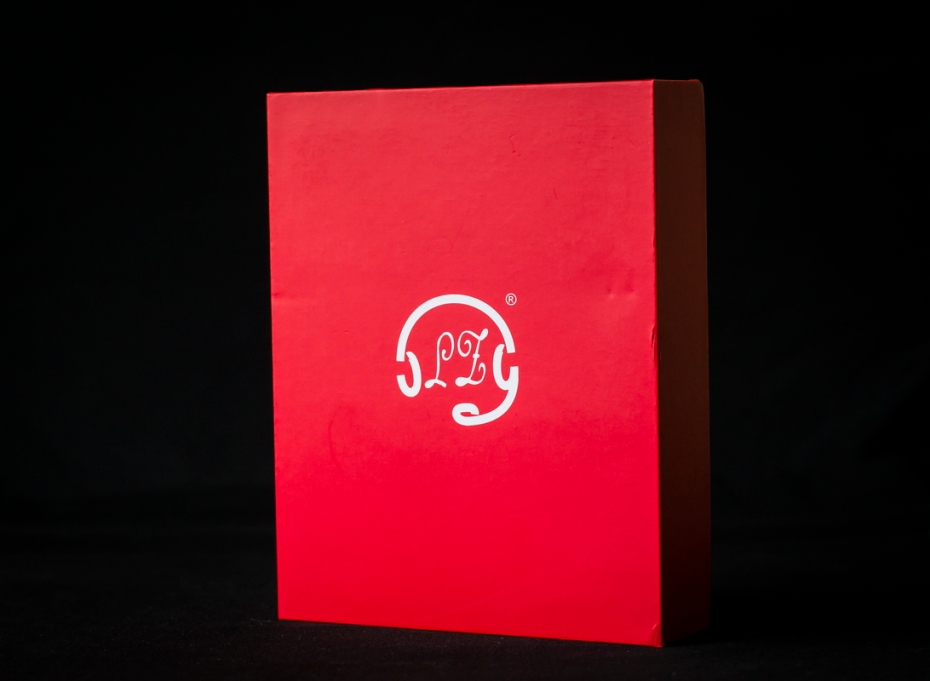

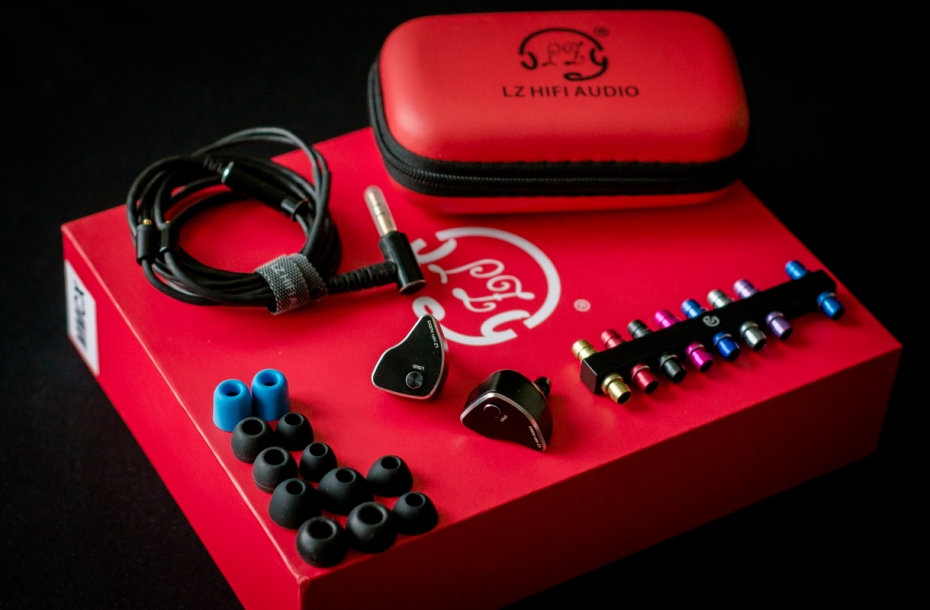











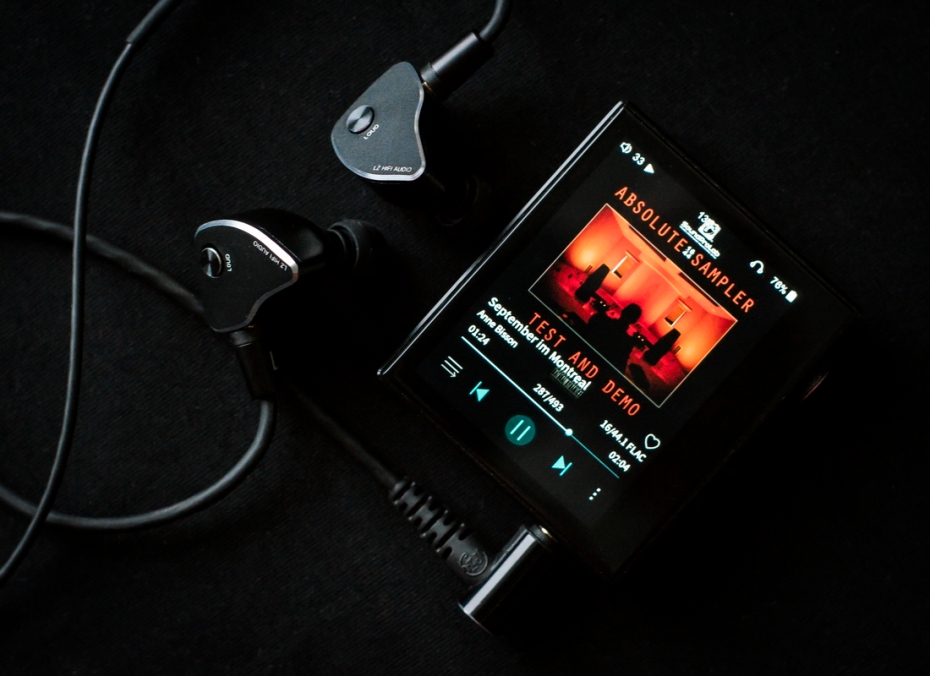


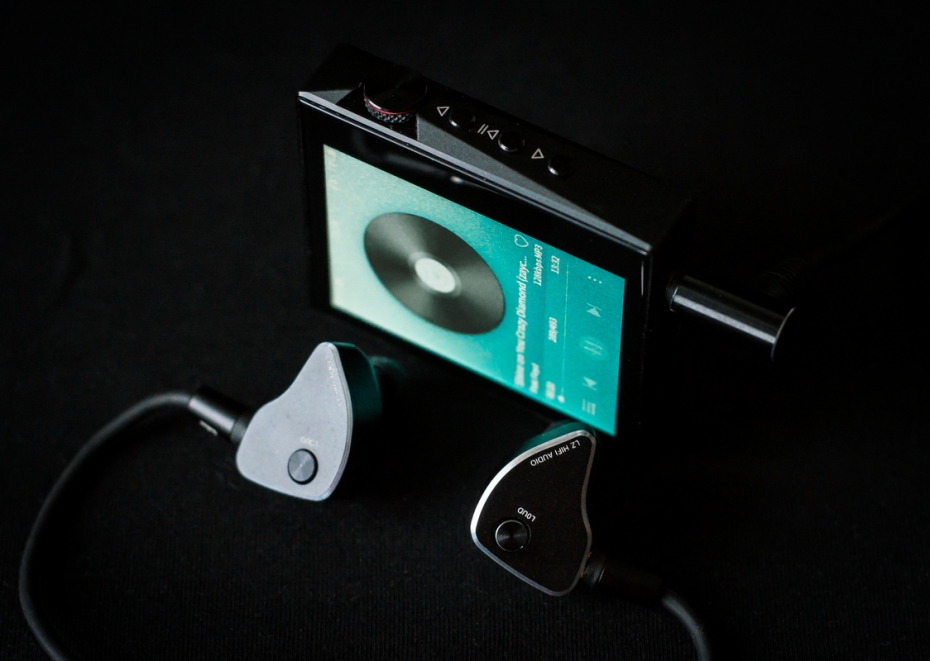



Is it Shopee?
https://shopee.com.my/Intime-SORA-2...ver-Ceramic-Tweeter-VST-i.61782351.7839855302
I think that one is a legit site. (I have never used it but I think I have seen it being mentioned here on head-fi by other people.)
I have ordered the Intime GO and that might be better than the Sora 2 though.